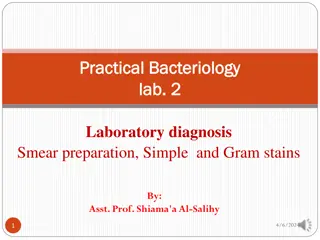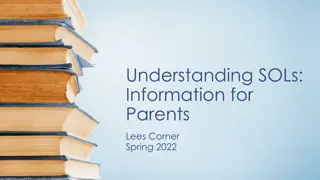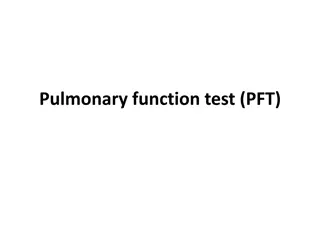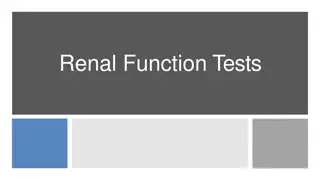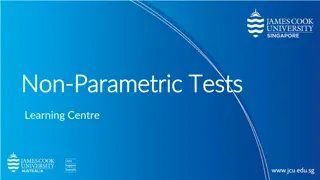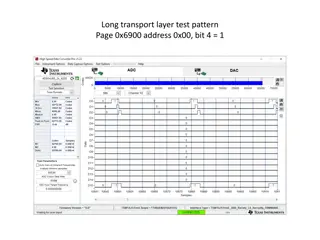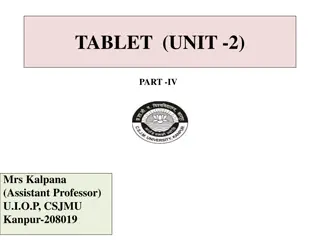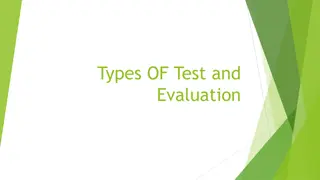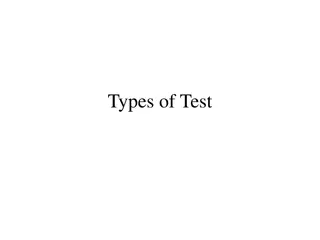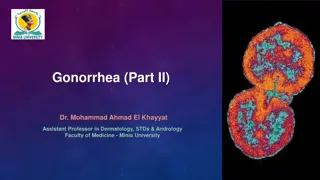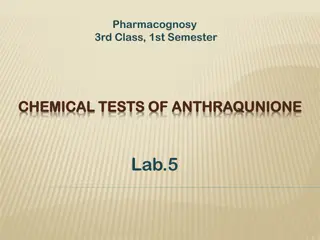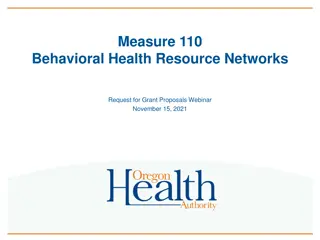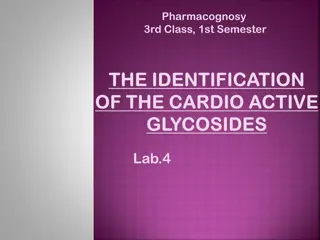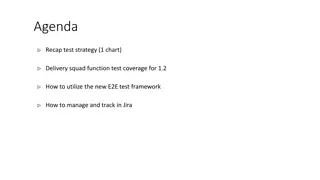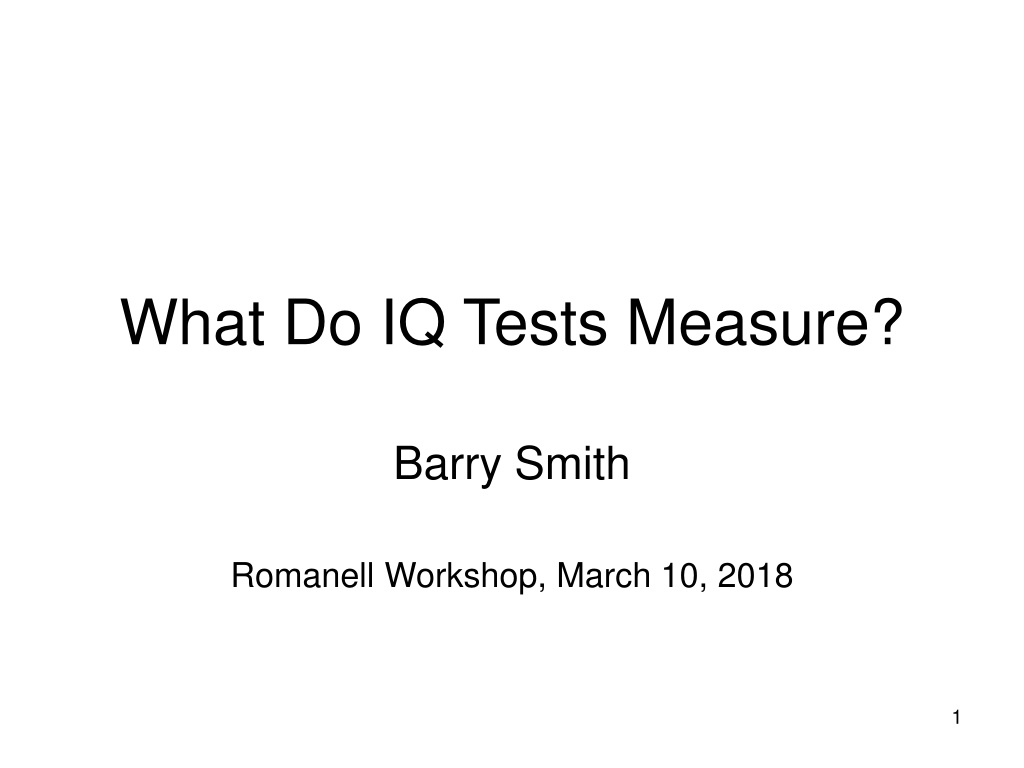
Understanding the Purpose and Norms of Functionality
Explore the essence of functionality through the lens of purpose, norms, and evaluation criteria. Delve into the concepts of good, reasonable, poor, malfunctioning, and non-functioning states in entities.
Download Presentation

Please find below an Image/Link to download the presentation.
The content on the website is provided AS IS for your information and personal use only. It may not be sold, licensed, or shared on other websites without obtaining consent from the author. If you encounter any issues during the download, it is possible that the publisher has removed the file from their server.
You are allowed to download the files provided on this website for personal or commercial use, subject to the condition that they are used lawfully. All files are the property of their respective owners.
The content on the website is provided AS IS for your information and personal use only. It may not be sold, licensed, or shared on other websites without obtaining consent from the author.
E N D
Presentation Transcript
What Do IQ Tests Measure? Barry Smith Romanell Workshop, March 10, 2018 1
Artiga: four major desiderata for an account of function TELEOLOGY: reference to the function of an entity should play an important role in explaining why the entity exists. NORMATIVITY: the function of an entity determines a criterion against which the activity of the entity can be normatively evaluated, which means: it can be evaluated as better or worse relative to some norm ACCIDENT: An entity s function is appropriately distinguished from its accidental effects (called side- effects ) EPIPHENOMENALISM: the function of an entity is determined by the entity s current performance. 4
Artigas criterion of normativity NORMATIVITY: the activity of the entity in realizing the function can be normatively evaluated, which means: it can be evaluated as better or worse relative to some norm 5
Prototype functionings of the heart good functioning 6
Prototypes reasonable functioning 7
Poor functioning poor functioning 8
Malfunctioning malfunctioning 9
Death? not functioning at all 10
Artiga: four major desiderata for an account of function TELEOLOGY: reference to the function of an entity should play an important role in explaining why the entity exists. NORMATIVITY: the function of an entity determines a criterion against which the activity of the entity can be normatively evaluated, which means: it can be evaluated as better or worse relative to some norm ACCIDENT: An entity s function is appropriately distinguished from its accidental effects (called side- effects ) REJECT: EPIPHENOMENALISM: the function of an entity is determined by the entity s current performance. 11
Artiga: four major desiderata for an account of function TELEOLOGY: reference to the function of an entity should play an important role in explaining why the entity exists. NORMATIVITY: the function of an entity determines a criterion against which the activity of the entity can be normatively evaluated, which means: it can be evaluated as better or worse relative to some norm ACCIDENT: An entity s function is appropriately distinguished from its accidental effects (called side- effects ) REALIZATION: the function of an entity is a disposition of the entity to perform(realize, execute, ) 12
Artiga: four major desiderata for an account of function TELEOLOGY: reference to the function of an entity should play an important role in explaining why the entity exists. NORMATIVITY: the function of an entity determines a criterion against which the activity of the entity can be normatively evaluated, which means: it can be evaluated as better or worse relative to some norm ACCIDENT: An entity s function is appropriately distinguished from its accidental effects (called side- effects )REDUNDANT, GIVEN TELEOLOGY REALIZATION: the function of an entity is a disposition of the entity to perform (realize, execute, ) 13
Artigas list simplified TELEOLOGY: reference to the function of an entity should play an important role in explaining why the entity exists NORMATIVITY: realizations can be evaluated as better or worse relative to some norm REALIZATION: the function of an entity is a disposition of the entity to perform in a certain way (to realize the function) *Artiga, M. (2011). Re-organizing organizational accounts of function. Applied Ontology 6:105 124. 14
Realization = every function is a realizable entity i.e. it is an attribute that only becomes manifest under certain conditions 15
Two sorts of realizable entity externally grounded = role (student, employee, president ) 16
Two sorts of realizable entity externally grounded = role (student, employee, president ) internally grounded = disposition (fragility, elasticity, hunger, ) 17
Disposition Disposition = a tendency that an entity has, because of the way it is structured physically Human dispositions: habits, skills, instincts, diseases, 18
Human dispositions to grow to learn to speak to fight to dance to rust to lose teeth to argue to curtsy to mock to sicken to die to sweat to shatter In general: habits, skills, instincts, 20
In Artiga-speak: function =def. disposition of an entity which 1. plays an important role in explaining why the entity exists 2. has realizations which can be graded on a scale and 21
There are no functions on this list to speak to fight to dance to grow to yawn to go bald to lose teeth to argue to curtsy to mock to sicken to die to sweat to shatter 22
But there are items on this list which satisfy NORMATIVITY = their realizations can be evaluated as better or worse relative to some norm Y Y Y to speak to fight to dance to grow to yawn to go bald to lose teeth Y Y Y to argue to curtsy to learn to sicken to die to sweat to shatter 23
But there are items on this list which satisfy NORMATIVITY = their realizations can be evaluated as better or worse relative to some norm Y Y Y to speak to fight to dance to grow to yawn to go bald to lose teeth Y Y Y to argue to curtsy to learn to sicken to die to sweat to shatter 24
Lets use normativity to define capability Dispositions 25
Lets use normativity to define capability Capabilities = Dispositions + Normativity Dispositions 26
Capability capacity ability competence facility A missing dimension in standard ontologies of functions 27
Then use etiology to define function Functions = Capability + Reason for existence of bearer Capabilities = Dispositions + Normativity Dispositions 28
This works for machines, too Functions = Capability + Reason for existence of bearer Capabilities = Dispositions + Normativity Dispositions 29
There are dispositions of machines Y Y Y to weld to bend to rust to overheat to explode to rattle Y Y Y to heat to pump to lift to seize to crack to shatter 30
There are capabilities of machines Y Y Y to weld to bend to rust to overheat to explode to rattle Y Y Y to heat to pump to lift to seize to crack to shatter 31
Some capabilities of machines are also functions the function of a welding machine is: to weld the function of a pump is: to pump the function of a heater is: to heat function here means: reason the machine was built each sort of machine brings along certain capabilities in addition to its function (car has capability to resist rust, avoid skidding, ) 32
Recall: There are items on this list whose realizations can be evaluated as better or worse relative to some norm Y Y Y to speak to fight to dance to grow to yawn to go bald to lose teeth Y Y Y to argue to curtsy to learn to sicken to die to sweat to shatter 33
But what sort of norm? We can evaluate these on a scale: to rot to become gangrenous to decay to bang one s head against a wall to do French philosophy 34
According to some norm norm = statistical standard? some poisons are statistically more effective than others some proponents of French philosophy are statistically more unintelligible (higher on the scale) than others 35
Norm has to be a norm of benefit Capability means the capability to do something well Beneficiaries = self, family, community, organization, profession, species, owner (in the case of an artifact), 36
Counterexamples? Capability = a disposition of a human whose realization can be evaluated along a scale of more or less good The scale may be multi-dimensional: how beneficial are the results of realization? are the results appropriate / sufficient in quantity? Interested here in typical cases Aware of reference class problems 37
Norm has to be a norm of benefit the values are measures of benefit it includes only values zero the values apply to the general or typical case (perhaps we can still use statistical norm for this) the scale may (must?) obey a law of diminishing returns 38
All of these are human capabilities not learned to eat to think to see to speak learned to speak to dance to do philosophy to compose music to digest to recognize other humans to categorize to argue to command to cook to eat to lead a political party 39
Then use etiology to define function Functions = Capability + Reason for existing Capabilities = Dispositions + Normativity Dispositions 40
Therefore all of these are dispositions not learned to eat to think to see to speak learned to speak to dance to do philosophy to compose music to digest to recognize other humans to categorize to argue to command to cook to eat to lead a political party 41
Dispositions are continuants not learned to eat to think to see to speak learned to speak to dance to do philosophy to compose music to digest to desire to categorize to argue to command to cook to eat to lead a political party 42
There are no functions here to grow to go bald to speak to fight to dance to yawn to lose teeth to argue to curtsy to learn to sicken to die to sweat to shatter Human beings do not have functions 43
Capabilities of both human beings and machines often flow from the functions of their parts humans have the capability to think and digest, because their brains and digestive systems have corresponding functions cars have the capability to brake and turn because their braking system and differential have corresponding functions 44
Whether a capability is a function depends on the etiology of the bearer Whether a disposition is a capability depends on whether its realizations can be graded on a scale 45
Human intelligence American Psychological Association (1995): Individuals differ from one another in their ability to understand complex ideas, to adapt effectively to the environment, to learn from experience, to engage in various forms of reasoning, to overcome obstacles by taking thought. 46
Human brain development begins at 16 days Human brain development includes the development of that part of the brain which serve as the bearer of dispositions to cognition Call this the g-part 47
The g-part of the brain has a function It is because the g-part has this function that humans have the capability called intelligence 49
What do IQ tests measure? An IQ test performed on a subject S measures the value on a common scale of those realizations of the function of the g- part of S s brain which were triggered by the items on the test = IQ Why should we believe that IQ exists? Because we have independent measures whose results are highly correlated with each other, including measures not involving traditional question-answer tests. 50
genome-wide association study with 80,000 subjects May 15, 2017 51


